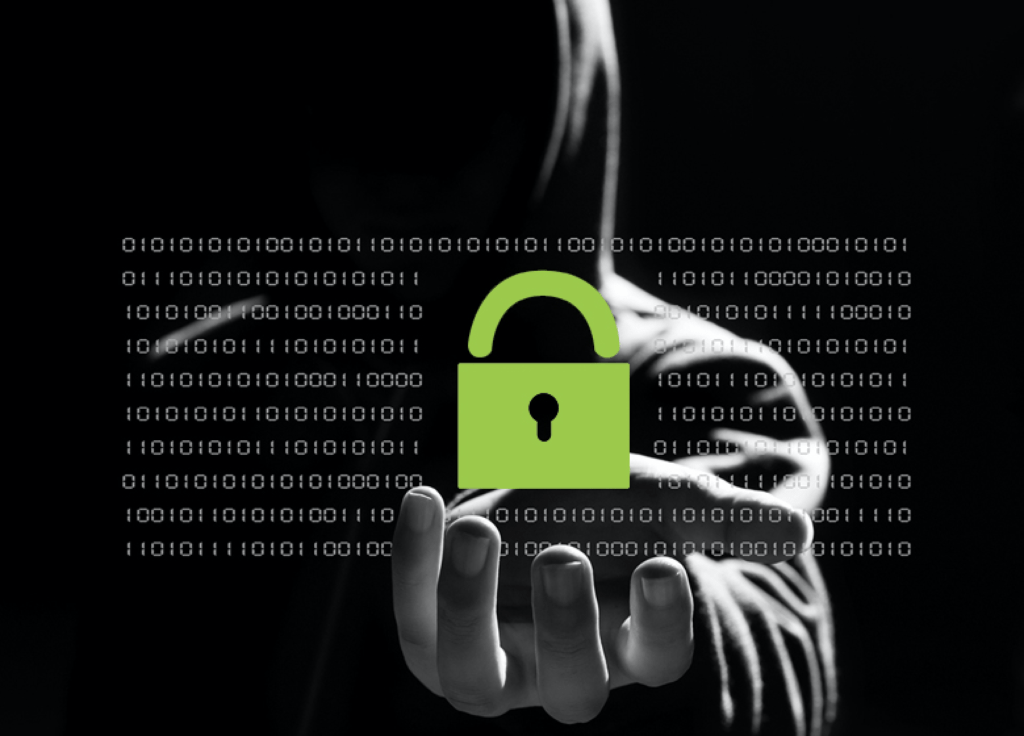Ransomware is one of the serious online threats that people should know about. Like computer viruses and malware, the infection can get to any computer, including ones used by hospitals, schools, government agencies, small to large corporate businesses and even homes.
The Ransomware Threat And How It Works
Ransomware can be malware, or a sort of malicious software that gets inside a computer. The script executes some actions that prevent you from accessing precious data, folders and files, for instance. Then, the software sends a sort of message telling you that you’ll need to pay the “ransom” to get back control of your computer or data. GandCrab 5.2 ransomware is an example that’s used by hackers to encrypt essential data in an infected computer until the owner of the device pays up.
There are several methods in how the computer and the data are locked up, and different methods on how users could get it back. In the latest threats, cyber criminals put a time frame on how you could get back your files before they’re deleted. Also, ransom that grows in amount over time. The most common form of ransom are in bitcoins, premium rate SMS and wire transfers that make tracing difficult, if not impossible.
Ransomware Removal To The Rescue
The worst that can happen is that you won’t have control or access to your computer even after you’ve agreed to pay the ransom. You can only hope that the cyber criminal is true to his or her word and give you access once the demands are completed. The other method is to rely on ransomware removal software tool for data recovery.
You can break free from ransomware by rebooting Windows 10 to safe mode, installing anti-malware and running it to find and remove the offending script. Having an updated malware and ransomware database will certainly help detect the virus before it invades your computer. Get only a recommended ransomware remover software so you can avoid these inconvenient situations.

